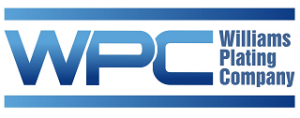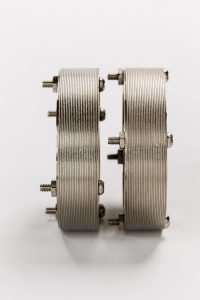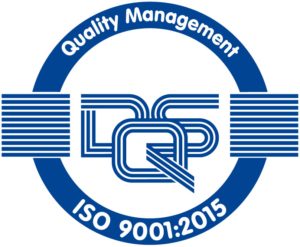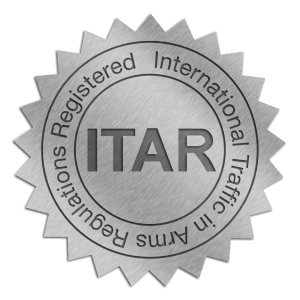Electroless Vs. Electrolytic Nickel Plating
Nickel is one of the most versatile metals used for plating purposes, offering solderability, conductivity, increased wear resistance, and corrosion resistance in a multitude of applications. There are two types of nickel plating – electrolytic and electroless nickel.
Electrolytic nickel is applied by passing an electric current through a solution called an electrolyte. A cathode and an anode are placed in an electrolyte solution and charged by an electrical current, and electrons are transferred from the anode (a sacrificial anode designed to be used up) and deposited on the cathode (the metal receiving electroplating). This deposits a pure nickel layer over the substrate being plated.
Alternatively, electroless nickel is deposited as an alloy containing from 1% – 14% phosphorous, which helps decrease porosity for better corrosion resistance, and increase durability of the nickel.
Electroless nickel is deposited by a chemical reaction, requiring no electrical current, and allows for more uniform plating distribution because the plating will deposit wherever the solution touches the substrate, making it ideal for complicated geometries or one-way holes.
Electroless nickel offers an alternative to electrolytic nickel applications due to the differences in physical properties. Benefits of electroless nickel include:
Corrosion Resistance
Phosphorous in the phosophorous-nickel alloy provides greater protection against corrosion than the 99% pure nickel used in electrolytic nickel plating.
Uniform Plating Thickness
In electrolytic nickel plating, thickness is controlled by the current density. In parts with complex geometry, current density varies over the surface of the part. The autocatalytic reaction that occurs during electroless nickel plating produces much better surface coverage and uniform plating thickness because the nickel-phosphorous alloy coating will adhere to any area of the substrate where surface contact of the bath occurs.
Increased Surface Hardness
Electroless nickel can provide an extremely hard and more durable finish than electrolytic nickel, with an option to heat treat the finish for increased hardness. Increased surface hardness provides greater resistance to abrasion and wearing.
__________________________________________________________________________________________________________________
WPC offers both electrolytic nickel and electroless nickel with 7% phosphorous to provide a diversity of options to meet the needs of our customers. For specific questions about electroless nickel or electrolytic nickel plating, contact us directly, or request a quote.






